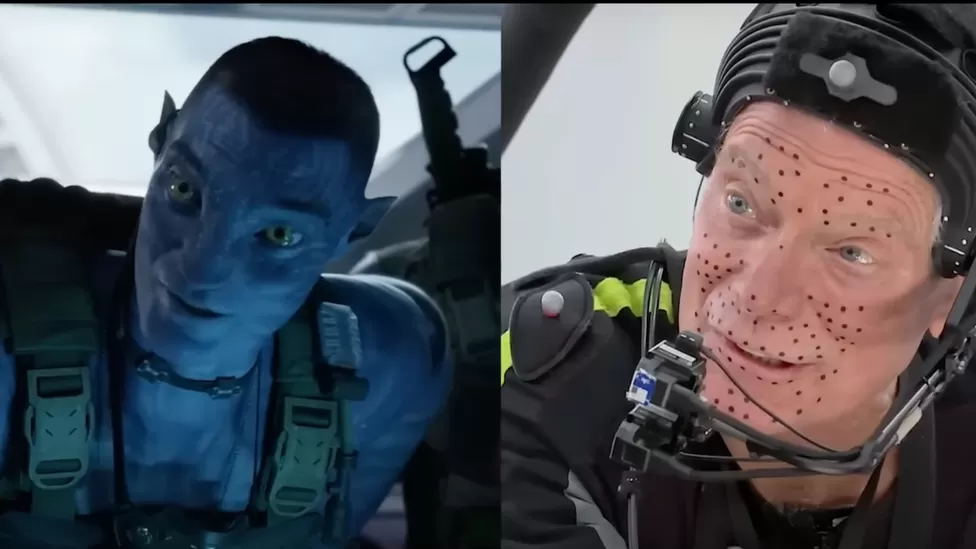Motion capture suits, like the ones used to create and bring characters to life in animation movies like Avatar, are also helping scientists track the onset and progression of diseases that impair movement. The system uses artificial intelligence to analyze body movement and can diagnose disorders twice as fast as the best doctors, the researchers found.

Also known as mo-cap suits, these are worn by actors to capture their movements and expressions and create realistic computer-generated characters in movies and video games. They are typically made of stretchy fabric and covered in sensors so to track the actor’s movements and expressions. The data is used to animate virtual characters.
One of the main examples of motion capture technology in movies is in the movie Avatar, which recently released its second part. In the film, actors wear motion capture suits and perform the main characters’ movements, which were then animated. The technology allowed film-makers to create realistic and expressive characters for the movie.
A group of UK researchers tested the mo-cap suits on people with Friedreich’s Ataxia (FA), a genetic disease that causes progressive nervous system damage and movement impairment, and on people with Duchenne Muscular Dystrophy (DMD). They discovered that AI could predict how the illness would progress earlier than a doctor.
“Artificial intelligence is now a major driving force behind the rapid advances in digital healthcare by enabling more objective, data-driven approaches to understand and treat disease,” the researchers wrote. “Digital biomarkers, (objective, quantifiable data measured by means of digital devices) have seen increasing applications in clinical trials.”
A long-time researched approach
The system has been in the works for about 10 years. Aldo Faisal of Imperial College, one of the scientists who conceived of the idea, told BBC the approach had many benefits over traditional methods of diagnosis. “It detects subtle movements humans can’t pick up on. It can transform clinical trials and improve diagnosis,” Faisal added.
But that’s not it. The system also has the potential to accelerate drug trials and lower their costs. ”This is going to attract the pharmaceutical industry to invest in rare diseases,” Professor Richard Festenstein from the Medical Research Council’s London Institute of Medical Sciences who helped in the creation of the new tech, told BBC.
The researchers first tested the suits on patients with FA and found the AI could predict the worsening of the disease over twelve months – half the time it would normally take an expert. Then, the researchers tested the suits on patients with DMD, predicting how their movement would be affected six months in the future more accurately than a doctor.
There’s currently no cure for Friedreich’s Ataxia or Duchenne Muscular Dystrophy and early diagnosis plays a key role in monitoring the diseases. The first one affects one in 50,000 people, while the second one affects 20,000 children globally per year. The new technology can offer hope by providing early diagnosis, increasing the chances of managing the disease effectively.
The study was published in the journal Nature Medicine.



